Landscape Heroes: Carbon, Water and Biodiversity
See program below, with links to videos!
A collaboration with the Ecological Landscape Alliance, NOFA (Northeast Organic Farming Association), NOFA Organic Land Care, and Biodiversity for a Livable Climate
UMass Amherst, Tuesday, January 31st:
An in-depth, inspiring conversation on Carbon Sequestration and learn what practical steps you can take to ensure that your interactions with the landscape make positive impacts.
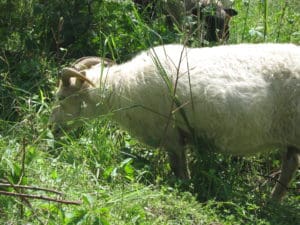
This day-long program included many land care practitioners including land managers, farmers, researchers, and conservationists about what is possible for soil carbon and landscape restoration. From yards to farms to greenways to commons to gardens, how we treat our soils impacts the climate.
We know soil is alive. In fact, in one tablespoon of healthy soil there are more microorganisms than there are people on this planet. A highly functional, thriving soil has the capacity to 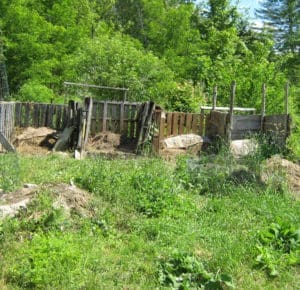 store carbon, absorb water like a sponge, and support a thriving landscape. For years we have viewed soil through its physical and chemical properties, and we are beginning to realize the crucial role of biology in soil function and health. Now we are finding that from back yards to farms to greenways to commons to gardens, how we treat our soils has implications for the global climate.
store carbon, absorb water like a sponge, and support a thriving landscape. For years we have viewed soil through its physical and chemical properties, and we are beginning to realize the crucial role of biology in soil function and health. Now we are finding that from back yards to farms to greenways to commons to gardens, how we treat our soils has implications for the global climate.
Join Biodiversity for a Livable Climate, the Ecological Landscape Alliance, the Northeast Organic Farming Association (NOFA/Mass), and the Organic Land Care of NOFA/CT for a day-long program that offers practical tips and applications for how you, too, can be part of the climate solution. Whether you are a gardening enthusiast, farmer, conservation/restoration specialist, or landscape professional, there are positive changes that you can make. Whether you work to reduce compaction using biology, actively build soil carbon, increase soil biodiversity and resilience above and below ground, or heal degraded landscapes, you will walk away with practical tips to apply to your own setting. The synergy of many individuals taking small steps can result in big impacts!
Come learn from experts in the field such as carbon expert and author, rancher and activist Courtney White with his new book Two Percent Solutions for the Planet. Additional carbon experts include Eric Fleisher, Chip Osborne, Paul Wagner, Bruce Fulford, Bryan O’Hara, Hugh McLaughlin, PhD, and Jim Laurie.
Visit Ecological Landscape Alliance for speaker bios and conference schedule.
Speakers
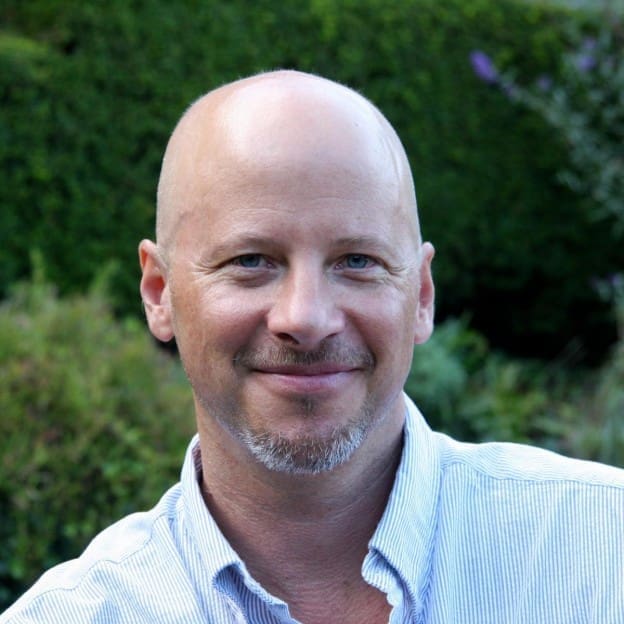
Eric T. Fleisher is the Director of Horticulture for the Battery Park City Parks Conservancy. Battery Park City is an urban area located in south Manhattan in New York City. This park is a 92-acre planned community created through regenerating healthy soil and reusing local materials. As the Director of Horticulture for over 25 years, Eric's vision for Battery Park City’s ecological approach has made this community a role model for other urban and rural areas.

Bruce Fulford is the owner of City Soil and Greenhouse, a company based in Boston that works on agricultural projects ranging from community gardens to commercial farms. Bruce's publications, educational outreach, and presentations have contributed to the development of more efficient and equitable resource management.
Bruce works closely with organizations focused on land remediation and agricultural business development. He chairs the Massachusetts Audubon Society's (MAS) Boston Nature Center the Environment Committee, is a member of the MAS Council and its Climate Change committee, the Ecological Landscape Association, and the US Composting Council.

Jim Laurie, Restoration Ecologist, is a biologist from Rice University and a pioneer in biological remediation of waste water. He was the technical manager of the world’s largest “Living Machine” project to clean raw municipal sewage with no toxic chemicals. The facility, through a grant from the EPA, processed 80,000 gallons/day using the “living machine” methodology invented by ecological visionary, and Buckminster Fuller Award recipient, John Todd.
Prior to that, for twenty years Jim was a biologist and trainer in the chemical industry in Houston, TX, where his work with living machines resulted in processing effluent cleaner than possible with conventional technology. Jim has also been a passionate advocate for Holistic Management of grasslands in the past decade. He began studying with Allan Savory twenty years ago in Texas, has spoken about Holistic Management at Harvard, MIT, Tufts, the Stockholm Environment Institute, and at meetings of the Massachusetts Climate Action Network (MCAN) and Northeast Organic Farmers Association (NOFA), and has been instrumental in spreading the message in New England. Jim is also co-founder of a lively and sophisticated Google Group, Soil-Age, and he invites you to join!
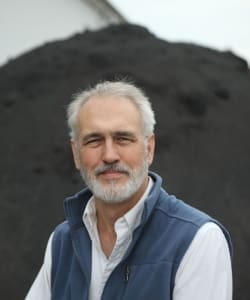
Hugh McLaughlin, PhD, PE has a professional consulting practice in Chemical Engineering. He is a biochar engineer and the inventor of the NextChar Machine. Hugh has numerous publications on biochar and biomass derived heat production. He co-authored “All Biochars are not Created Equal and How to Tell them Apart” (2009) and “U.S. Focused Biochar Report: Assessment of Biochar’s Benefits for the United States of America” (2010).
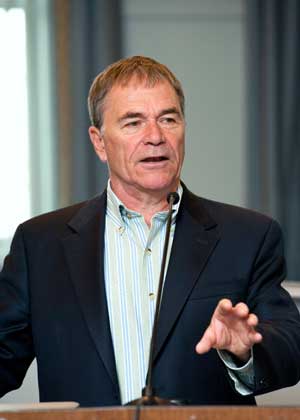
Charles “Chip” Osborne, Jr. is the President of Osborne Organics, LLC, and Founder of the Organic Landscape Association. He has over 10 years experience in developing sustainable landscapes through natural turf management, and has 35 years experience as a professional horticulturist.
Chip has become a regular lecturer for the Northeast Organic Farming Association (NOFA), is a board member of Beyond Pesticides, and Chairman of the Marblehead, Massachusetts’ Recreation and Parks Department. In 1998 Chip and Pat Beckett co-founded The Living Lawn Project in Marblehead, MA, one of the United States' first natural lawn demonstration displays. This project is a nationally-recognized, living example that abundant, healthy grass can be grown without the use of pesticides and synthetic fertilizers.

Bryan O’Hara intensively farms three acres of market vegetables in Lebanon, Connecticut, at Tobacco Road Farm. He began his career in 1990, and over the years, through trial and error, has developed an extremely successful no-till, pesticide-free system. He was named the Northeast Organic Farming Association’s (NOFA) Farmer of the Year in 2016.
O’Hara is the author of No-Till Intensive Vegetable Culture: Pesticide-Free Methods for Restoring Soil and Growing Nutrient-Rich, High-Yielding Crops. This book is a helpful guide for all aspects of gardening, with a particular focus on no-till techniques.
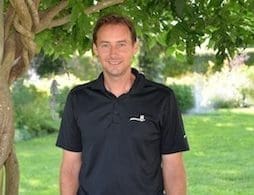
Paul Wagner is the president of Greener Pastures Organics, a property care company located in Southampton, N.Y. He has over 15 years of experience in science-based organic tree, shrub and lawn care. Paul is a Board Certified Master Arborist, as well as a NYS Certified Nursery Professional with a degree in Ornamental Horticulture.
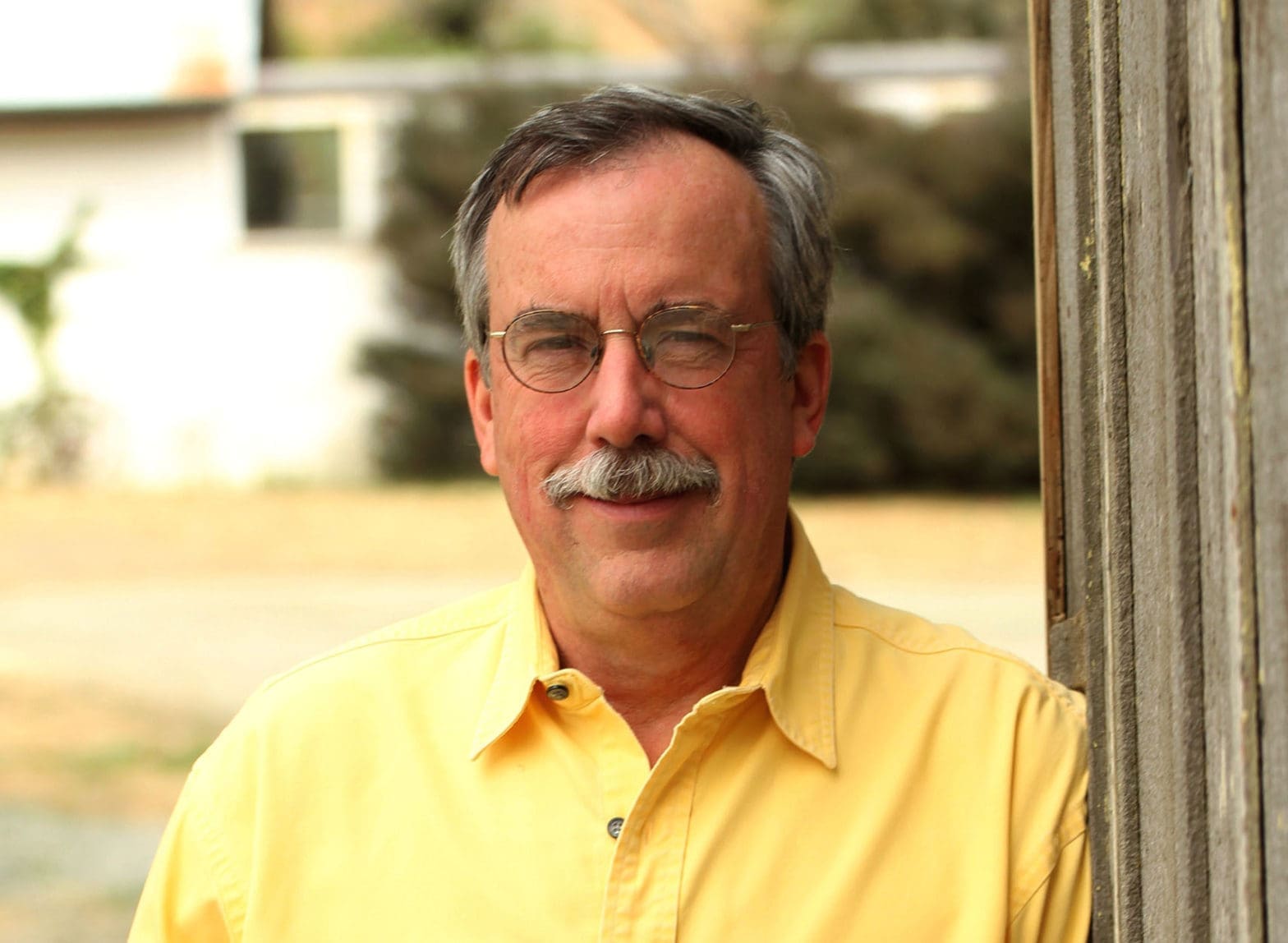
Courtney White is an author and regenerative land management activist. In 1997, he cofounded the Quivira Coalition, a nonprofit in Santa Fe, New Mexico, that works with progressive ranchers and farmers on regenerative agriculture, ecological restoration, and collaborative conservation. As Executive Director, he helped implement these practices as well as explain their hopefulness in numerous publications and speaking events. In 2015, Courtney left the organization to become a full-time writer. His specialty is explaining complex topics via compelling stories.
Morning Session Focus
Understanding Carbon in the Landscape
8:35 – Two Percent Solutions for the Planet
Courtney White, Author, Regenerative Land Management Activist
Video
The potential for large-scale removal of carbon dioxide (CO2) from the atmosphere through plant photosynthesis and related land-based carbon sequestration activities is both large and largely overlooked. Strategies and co-benefits include: enriching soil carbon, no-till farming with perennials, employing climate-friendly livestock practices, conserving natural habitat, restoring degraded watersheds and rangelands, increasing biodiversity, and producing local food. In Two Percent Solutions for the Planet, Courtney White profiles fifty different strategies that work together economically and ecologically with the aim of reducing the atmospheric content of CO2 while producing substantial co-benefits for all living things.
9:30 – Understanding Compaction
Eric T. Fleisher, Landscape Designer
Video
Severely compacted soil has poor structure and soil foodweb diversity which results in poor carbon harvesting. T. Fleisher will explain compaction causes and cures (across all managed landscapes).
10:00 – Digging Deep into Soil Practices
Bryan O’Hara, Farmer
Video
Continuing the compaction discussion, Mr. OHara will focus on boosting soil biology with no-till farming, cover cropping, and Korean Natural Farming practices. The common thread is the focus on beneficial fungal growth and the role that Fungi play in carbon sequestration.
10:45 – Building Biodiversity
Jim Laurie, Restoration Ecologist
Video
Restoring biodiversity to the land is the key to a healthy water cycle, building carbon rich organic matter in soils, and improving plant health and immunity to disease. Mr. Laurie will show how the symbiosis of mycorrhizal fungi, insects, nematodes, and beaver once built soils tens of feet deep. Jim will also discuss how improving the infiltration of rainwater into the soil can ameliorate the flood and drought cycles we have seen in recent years.
11:15 – Moderated Panel with Morning Speakers
Courtney White, T. Fleisher, Bryan O’Hara, Jim Laurie
Video
Afternoon Session Focus – Humans as Agents for Positive Change
Speakers offer their “Top 5 List” of what YOU can do!
1:15 –Understanding Soil Biology: The Trophic Levels
Paul Wagner, Certified Arborist
Video
A review of trophic levels and how to ensure that at least the first three levels are present to build landscape health, including discussion of specific techniques. Beyond the basics of bacteria and fungi, Mr. Wagner will help us to understand the third trophic level (the shredders, predators and grazers).
1:45 – The Importance of Compost
Bruce Fulford, Owner, City Soil and Greenhouse, Boston
Video
Mr. Fulford explains compost from multiple feedstock streams and how to apply it for best long term soil stabilization. We will learn about the carbon release of traditional compost applications and how different feedstocks have different long term effects. Every plant pulls in carbon and we learn how to maximize the results.
2:15 – Biochar’s Role in the Landscape
Hugh McLaughlin, Ph.D., Biochar Engineer, CTO NextChar, Inc.
Video
Creating biochar is an ancient technique brought forward in time to keep carbon both stable and active in the soil for much longer than compost. What does it take to access and use modern biochar – and what is needed to inoculate it before large scale application? Dr. McLaughlin will help us to understand net carbon – carbon sink, carbon neutral, carbon emitting – and how we can work toward the goal of creating carbon sinks.
2:45 – Turf – Ecological Options
Chip Osborne, Horticulturalist
Video
Mr. Osborne takes a close look at how grass roots and their seasonal surging (expansion and contraction) can help to create soil. We learn to increase biodiversity by allowing broadleaved plants (weeds!) to mix into conventional turf and how this can heighten the quality of soil life supported by root exudates. With lawns covering large expanses of the landscape, even small changes can have a big impact.
3:30 – Moderated Panel with Afternoon Speakers
Chip Osborne, Paul Wagner, Hugh McLaughlin, Bruce Fulford
Video
4:00 – Wrap-up
Courtney White
Video
NOTE: This presentation was shortened due to an incoming snowstorm!
One person makes a small contribution but many people, acting with intent and carbon awareness, can make a much bigger contribution to carbon sequestration and global climate stability. Take the information from today and work it into all of your land management decisions – whether you’re managing (or helping to manage) a back yard, a farm, or an institutional land management program.
